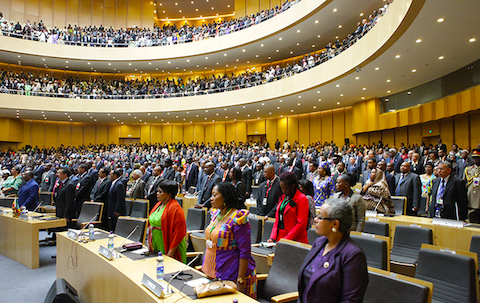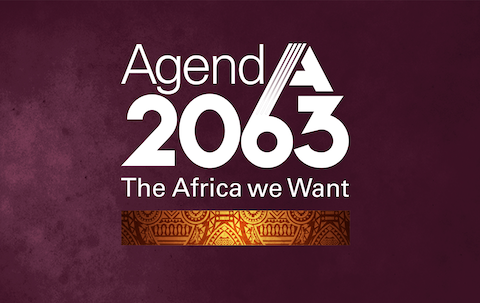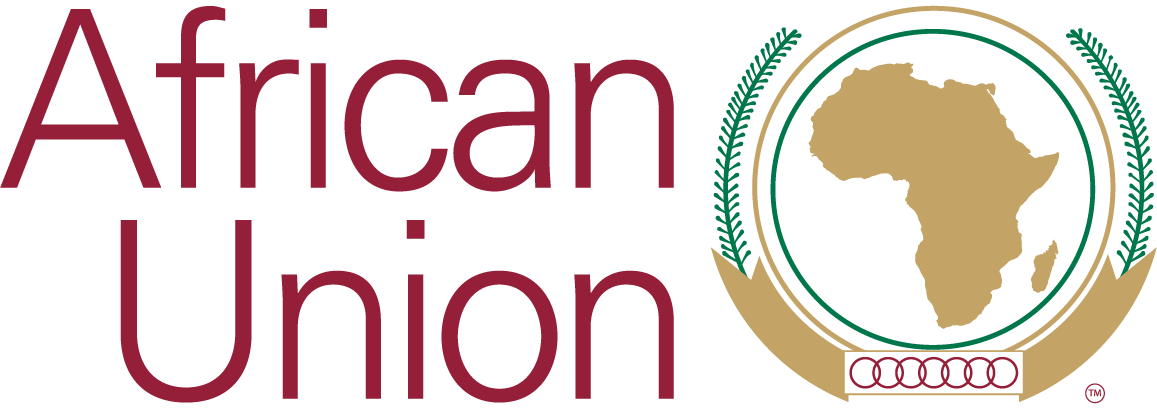Topic Resources
African Union Human Rights Memorial (AUHRM)
Concept Note
Overview
African Union Human Rights Memorial (AUHRM)
Concept Note
Overview

Promoting Africa’s growth and economic development by championing citizen inclusion and increased cooperation and integration of African states.

Promoting Africa’s growth and economic development by championing citizen inclusion and increased cooperation and integration of African states.

Agenda 2063 is the blueprint and master plan for transforming Africa into the global powerhouse of the future. It is the strategic framework for delivering on Africa’s goal for inclusive and sustainable development and is a concrete manifestation of the pan-African drive for unity, self-determination, freedom, progress and collective prosperity pursued under Pan-Africanism and African Renaissance.

H.E President William Samoei Ruto (PhD), President of the Republic of Kenya and the African Union Champion on Institutional Reform. H.E. Ruto was appointed during the 37th Assembly of Heads of State and Government in February 2024 to champion the AU Institutional Reform process taking over from the H.E Paul Kagame, President of the Republic of Rwanda who led the implementation of the reform process since 2016.


The AU offers exciting opportunities to get involved in determining continental policies and implementing development programmes that impact the lives of African citizens everywhere. Find out more by visiting the links on right.
The Apartheid (1948 to 1994) in South Africa was the racial segregation under the all-white government of South Africa which dictated that non-white South Africans (a majority of the population) were required to live in separate areas from whites and use separate public facilities, and contact between the two groups would be limited. The different racial group were physically separated according to their location, public facilities and social life.
In 1948, after the National Party won that year’s elections, Apartheid became a social project of the government based on a series of laws which made it legal.
First, it became illegal for South African citizens to pursue interracial relations. Citizens were classified into one of four racial groups; black, Indian, coloured (non-whites) and white. Locations were classified according to race, meaning there were places where people of colour were not allowed such as the beach or public toilets. Millions of black citizens were forcefully removed from their homes, restricted and confined within tribal homelands according to their ethnicity, while whites remained and occupied towns and cities.
The social architecture intensified with the use of Afrikaans as the official language for working, communication and education. Blacks were not allowed to vote or engage in politics and were reduced to labour for the whites. However, internal resistance grew amongst these groups.
Political groups were established with the aim of fighting white authoritarianism and ruthless rule. However, this was met with armed repression from the government. Series of mass mobilisation and campaigns were conducted and during this time, the government arrested and tried many activists and banned all political organisations. In the 1980s, with mounting internal and external pressures for the government to denounce apartheid and pave the way for democratic non-racial South Africa, the government became even more brutal until it had no choice but to submit to pressure after years of being isolated from the international community.
In 1994, after political prisoners were released from prison and freedom of association established, South Africa ushered in a constitutional democracy based on non-racialism.
African Union Human Rights Memorial (AUHRM)
Concept Note
Overview
African Union Human Rights Memorial (AUHRM)
Concept Note
Overview
